Government Support and Policy Initiatives
The Home Dialysis System Market is witnessing a favorable environment due to government support and policy initiatives aimed at promoting home-based therapies. Various governments are implementing policies that incentivize the use of home dialysis, recognizing its potential to reduce healthcare costs and improve patient outcomes. For example, reimbursement policies that favor home dialysis treatments are becoming more common, making these options more accessible to patients. Data suggests that regions with supportive policies have seen a marked increase in home dialysis adoption rates, indicating that government intervention plays a critical role in shaping market dynamics. This trend is likely to continue as policymakers recognize the long-term benefits of home dialysis systems.
Patient-Centric Approaches in Home Dialysis
The Home Dialysis System Market is increasingly adopting patient-centric approaches that prioritize individual needs and preferences. This shift is evident in the design of home dialysis systems that are tailored to enhance user experience and comfort. Companies are focusing on creating systems that are easier to use, with intuitive interfaces and comprehensive support services. This trend is supported by data indicating that patient satisfaction rates have improved significantly with the introduction of these tailored solutions. Furthermore, as healthcare systems move towards value-based care, the emphasis on patient engagement and empowerment is likely to drive further growth in the home dialysis market. The focus on personalized care not only improves adherence to treatment but also fosters a sense of autonomy among patients.
Increased Awareness and Education on Home Dialysis
The Home Dialysis System Market is benefiting from increased awareness and education regarding the advantages of home dialysis. Educational initiatives aimed at both patients and healthcare providers are crucial in dispelling misconceptions about home dialysis. As more patients become informed about the benefits, such as greater flexibility and improved quality of life, the demand for home dialysis systems is likely to rise. Recent surveys indicate that nearly 60% of patients are unaware of their options for home dialysis, suggesting a significant opportunity for growth through targeted educational campaigns. This increased awareness not only empowers patients to make informed decisions but also encourages healthcare providers to recommend home dialysis as a viable treatment option.
Technological Advancements in Home Dialysis Systems
The Home Dialysis System Market is experiencing a surge in technological advancements that enhance the efficiency and effectiveness of home dialysis treatments. Innovations such as portable dialysis machines and automated systems are making it easier for patients to manage their treatment at home. For instance, the introduction of wearable dialysis devices is expected to revolutionize patient care by allowing for continuous monitoring and treatment. According to recent data, the market for home dialysis systems is projected to grow at a compound annual growth rate of approximately 8% over the next five years, driven by these technological innovations. This trend indicates a shift towards more patient-friendly solutions that not only improve quality of life but also reduce the burden on healthcare facilities.
Aging Population and Rising Incidence of Kidney Diseases
The Home Dialysis System Market is significantly influenced by the aging population and the rising incidence of kidney diseases. As the global population ages, the prevalence of chronic kidney disease is expected to increase, leading to a higher demand for dialysis treatments. Current statistics indicate that approximately 10% of the population worldwide suffers from some form of kidney disease, which is likely to drive the need for home dialysis solutions. The convenience and flexibility offered by home dialysis systems make them an attractive option for elderly patients who may have difficulty accessing traditional dialysis centers. This demographic shift suggests a robust growth trajectory for the home dialysis market as healthcare systems adapt to meet the needs of an aging population.


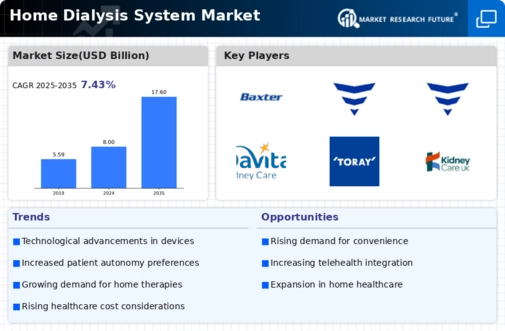
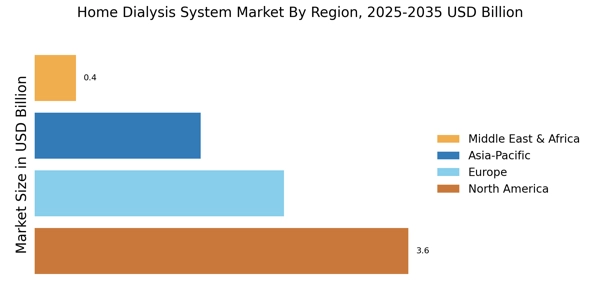
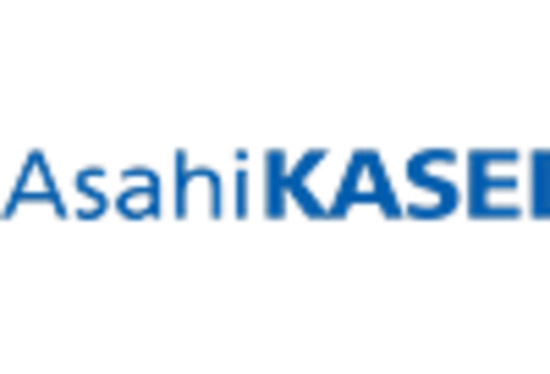
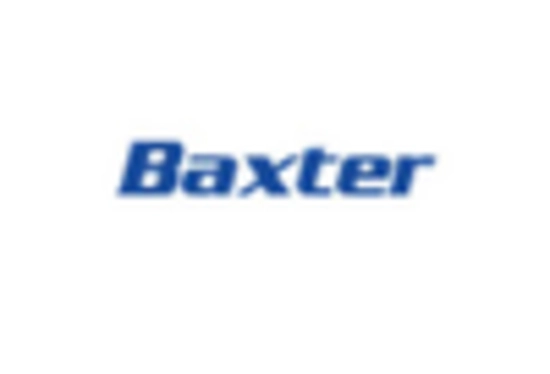


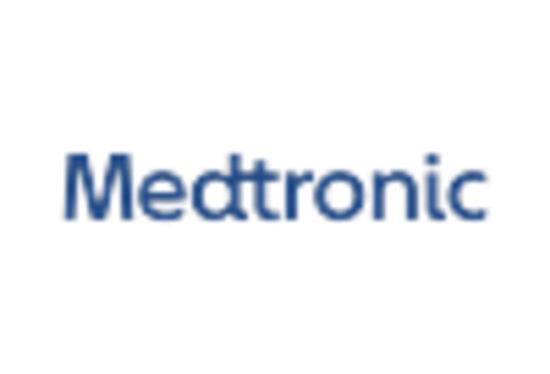
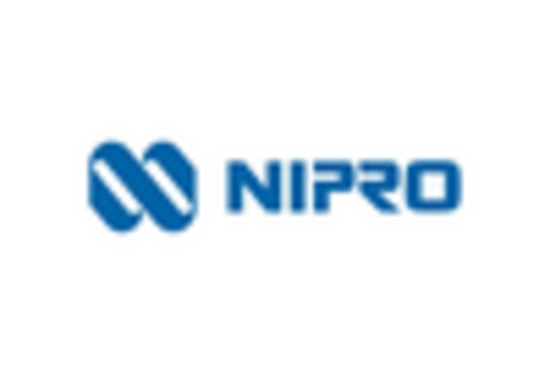








Leave a Comment